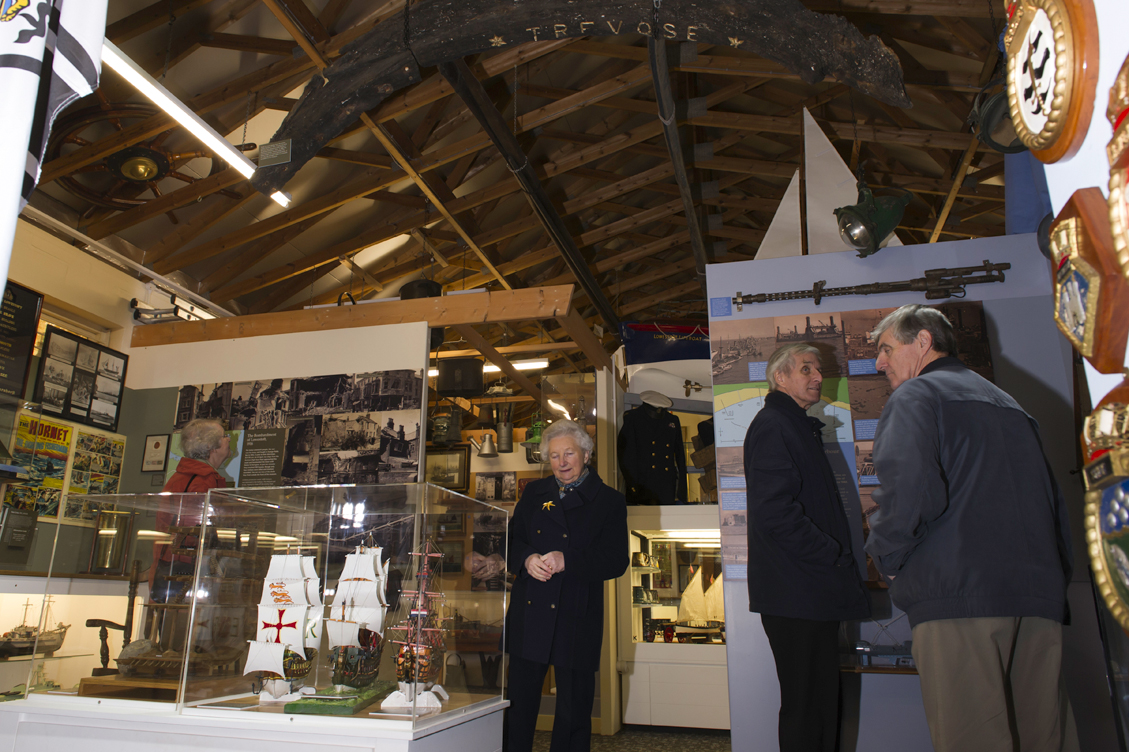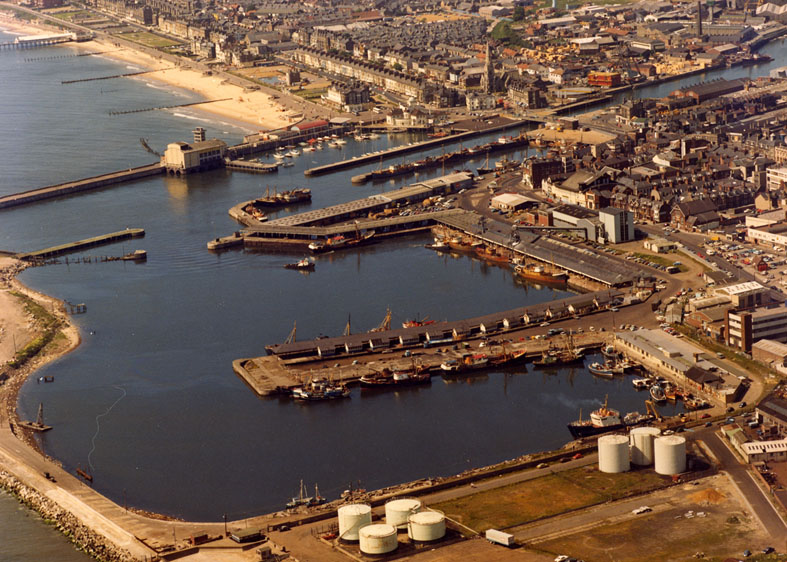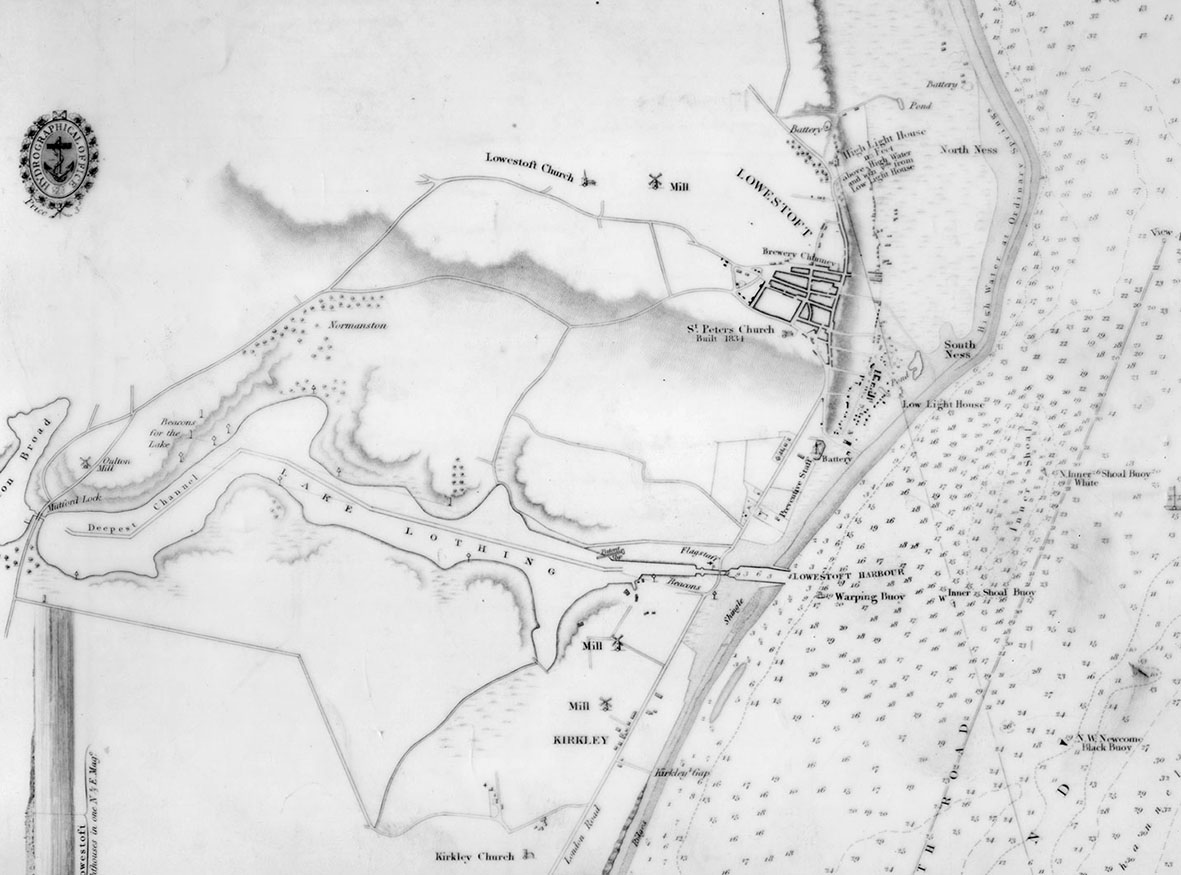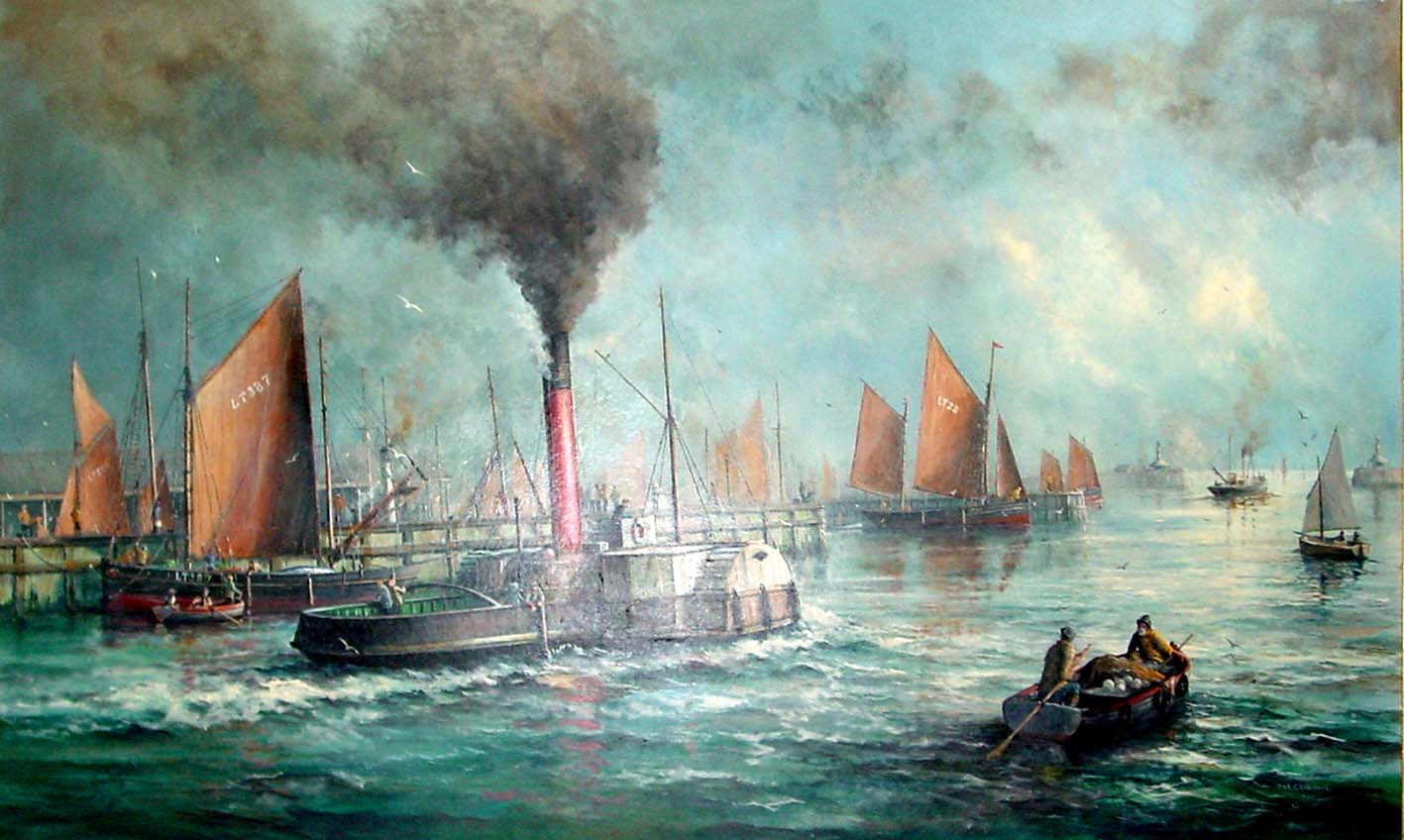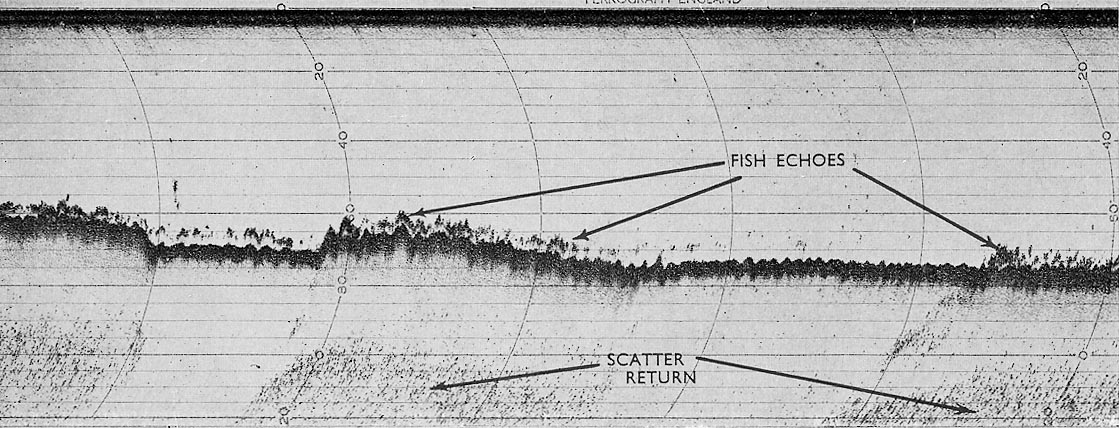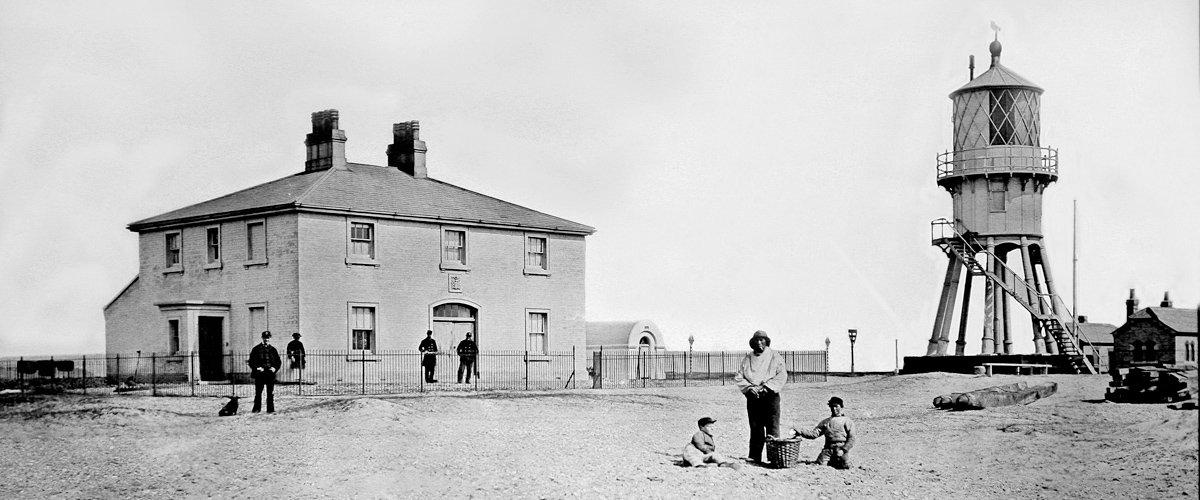The History of the Museum.
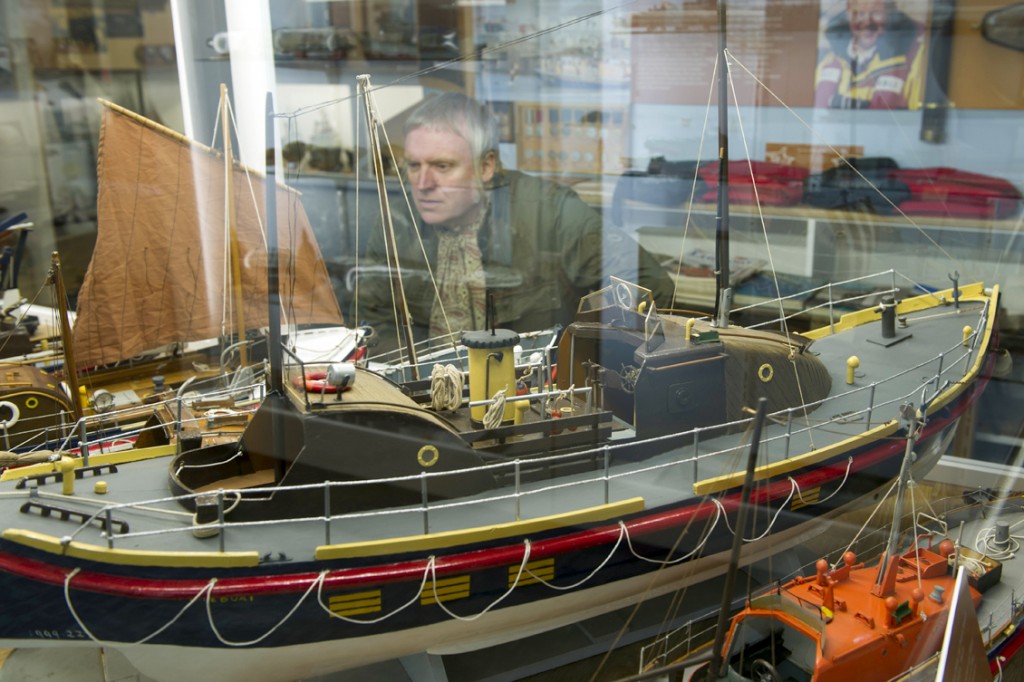
The Lowestoft and East Suffolk Maritime Society was formed on the 18th December 1958 by a small number of enthusiasts interested in the sea and ships. Prominent amongst the founder members were Engineer Captain E G Malet-Warden, R N Retd., Captain N C Darnell, M N Retd., and Skipper Lieutenant W Soloman R N P S Retd. The latter as Recorder was responsible for acquiring over the years a substantial part of the collection now at the Maritime Museum. His untimely death in 1978 was a great loss to the Society.
Interest and scope of the Society’s activities progressed with the museum collection steadily increasing and in 1968 the Borough Council granted the Society the lease of the ‘scheduled’ cottage in Sparrow’s Nest Park in which to establish a permanent Maritime Museum. In this tiny cottage, restored in 1828, according to the plaque over the front door, members converted each of the rooms to feature different aspects of the fishing industry, namely trawling, drift net fishing, wreck and rescue, tools and equipment used in building and maintaining fishing vessels together with those used in the coopering (barrel making) and box making trades. In addition to this, a special collection was displayed featuring the Royal Naval Patrol Service – the Fishermen’s Navy – for which Sparrow’s Nest Park was the headquarters in both world wars and bearing the name of HMS Europa.
By 1977 the cottage was no longer big enough to properly accommodate all the items entrusted to its care, so plans were laid to erect an extension. The committee engaged the local architects Messrs Tayler and Green for this project and set about the task of raising the necessary money, some £10,000 in Jubilee Year. The Society members responded with enthusiasm in a variety of fund raising activities, while generous support was forthcoming from local industry, residents, patrons and the District Council. This allowed the new extension to be erected and paid for in February 1978. In the ensuing winter months, members of the Society contributing their labour and skills quite voluntarily carried out all the internal and external decorating and fitting out to a remarkably high standard. The late Skipper Lieutenant ‘Bill’ Soloman’s contribution to the Society was recognised by a decision to name the new building the “Bill Soloman Room”. Fitting out and arrangement of the displays was completed in time for a grand opening day, indeed quite unforgettable.
As years past, more items were donated to the collections, and again the museum became too small to meet the demand, so plans were put in place to apply to the Heritage Lottery Fund for a grant for a further extension. After much paperwork and negotiations, a grant was awarded and building work began in 2008. Once again, after the builders had constructed the new shell, volunteers stepped forward and completed much of the fitting out and decoration, working with professional museum designers, SetOut. This new extension added another large display room and an education room, and the museum was reopened in 2010 by HRH Princess Royal.
In 2012 the museum was recognised for it’s high quality, by winning the Suffolk Tourism Award for best small museum, along with the Best museum in Suffolk award from the Suffolk Association of Museums.
The education room was named in 2014 as the ‘Peter Parker Room’, in recognition of the late chairman who steered the project through to completion.
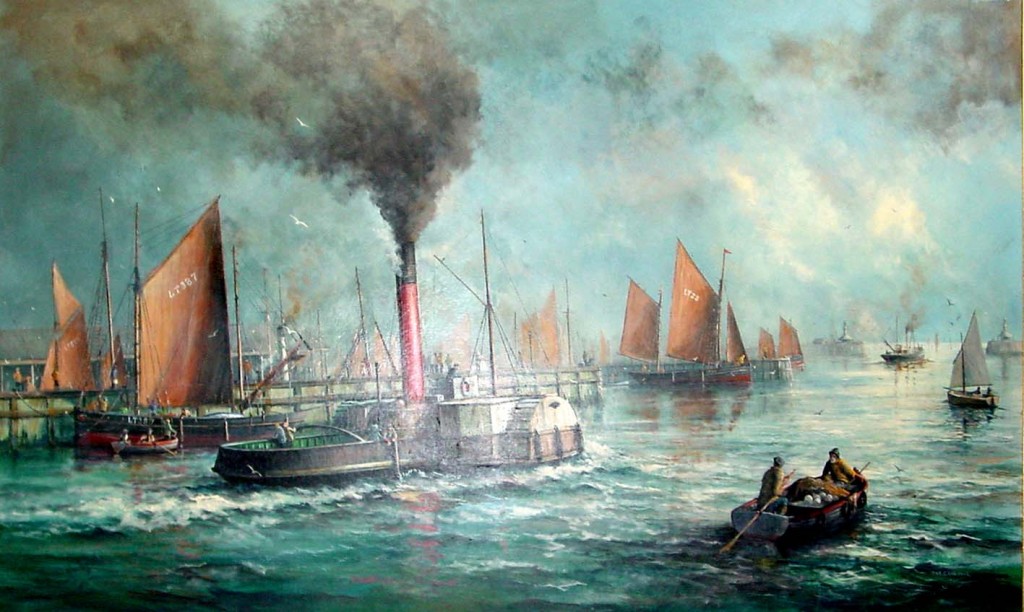
History blogs
Port of Lowestoft
Michael Page's photo above (see https://www.mike-page.co.uk/index.html) shows the port as it is today. In the foreground facing the rising sun, a recently developed area where large offshore structures are built. On the western side of this large dock, formerly the...
Early Charts
In 1681, Samuel Pepys, then Secretary of the Navy and Master of Trinity House, assigned Naval Officer Captain Greenville Collins to the task of carrying out a complete survey of the British Coastline. Collins was also a younger Brother of Trinity House suggesting that...
Marine art
Joe Crowfoot's large (1965mm x 1262mm ©1985) painting depicts Lowestoft Harbour as it must have looked at the end of the 19th century. Lit by the sun from the east it is clearly a morning scene and mist suggests the later months of the year. Many types of vessel are...
Echo sounders
Echo sounders with performance adequate for fishing were not available until the 1930s and their size, power requirements and cost limited use to larger vessels. The principle is simple enough, all work by transmitting a pulse of sound downward to the sea bed and...
Lighthouses
On the site of the present High Lighthouse there has been a beacon for mariners since 1676 when it was coal fired and burning night and day. Lowestoft Highlight was the first lighthouse erected by the Brotherhood of Trinity House. It lasted until 1676 when a brick and...

